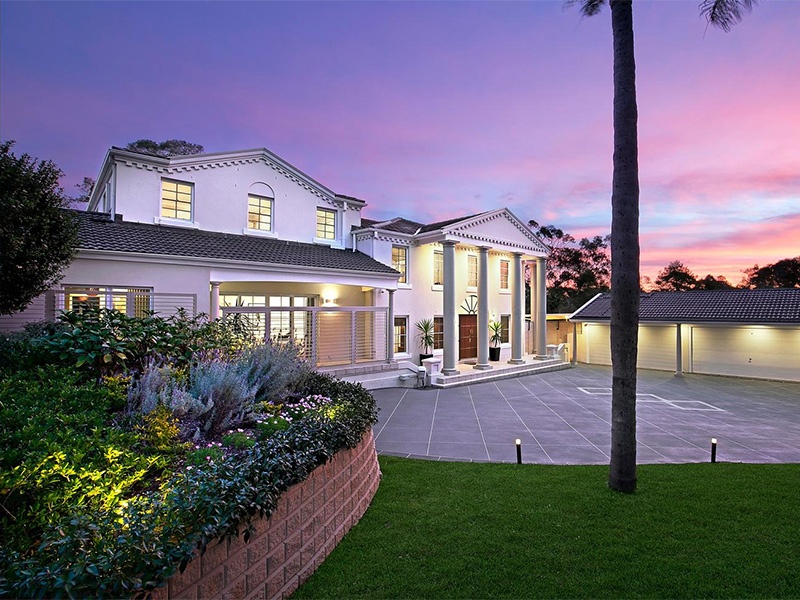Buying a house isn’t just about paying what’s on the property’s price tag. There are some extra costs all buyers should be aware of.
So what costs are involved in buying a home? Here are some of the common:
Conveyancing & legal fees
While it is possible to complete the legal aspects of buying a property yourself, it’s generally recommended that you engage a conveyancer or solicitor to prepare the documents for you and provide advice.
Buyer’s agent Amanda Segers says legal fees average around $1800, but they can also be significantly more if the ownership structure is complex.
Stamp duty
Stamp duty can cost ten of thousands of dollars, depending on your state and the price of the home.
The more expensive the home, the more you’ll pay, with a $1 million purchase attracting stamp duty as high as $55,000.
There are some exemptions for first home buyers.
On a $500,000 house, first home buyers will pay nothing in Victoria, New South Wales and Queensland, while for those buying subsequent homes, they can expect to pay between $8750 (Queensland) and $21,970 (Victoria) on a house at that price.
Yet if you have bought before, the stamp duty a $500,000 home attracts can vary from between $8750 (Queensland) to $21,970 (Victoria).
Learn more about calculating stamp duty:
Pest & building inspections
Having the home checked for pest and other damage is a must, particularly for older properties.
Segers says it’s money well spent, though some buyers do baulk at the cost and prefer to take the risk.
“For building and pest inspections, around $600 will cover most inspectors,” she says.
“We’re seeing a lot more people not doing those inspections, because they don’t want to spend more money. Realistically, the pest inspection is the most important thing.”

Have the home checked for pest and other damage to avoid costly issues further down the track. Picture: Getty
Mortgage registration & transfer fees
You’ll pay for the privilege of formally registering your mortgage, while the cost of transferring the property into your ownership will also fall to you, as the new owner.
Mortgage registration fees vary from state to state, from $114.90 in Victoria to $181 in Queensland.
While transfer fees are generally more expensive, from a flat $138.80 fee in New South Wales, into the thousands in South Australia, Victoria and Queensland.
Loan application or establishment fee
When you take out a home loan, you won’t just be paying off the loan – you’ll also have to pay to apply for and set up the loan in the first place.
Home loan application fees are one-off costs, and are generally around $500-600, though they can be more than $1000, depending on the loan and lender.
It’s worth noting that some lenders will waive this fee under certain circumstances, so it’s worth asking.
What do the banks look for when assessing loan applicants?
Mortgage insurance
Without a deposit of 20% or more, most lenders will require you to pay mortgage insurance.
This cost is a sliding scale – the smaller your deposit, the more insurance you’ll pay. On a $500,000 home with a 10% deposit ($50,000), you’ll be asked to pay insurance of around $8000.
But this insurance does allow buyers to purchase a home with as little as 5% of the purchase price as a deposit.
Council and utility rates
After purchasing the property, you’ll need to pay the vendor for council or water rates.
The vendor will have paid any rates owing to the council – generally to the end of the quarter – and they’ll simply add your portion of that amount to the purchase price.



